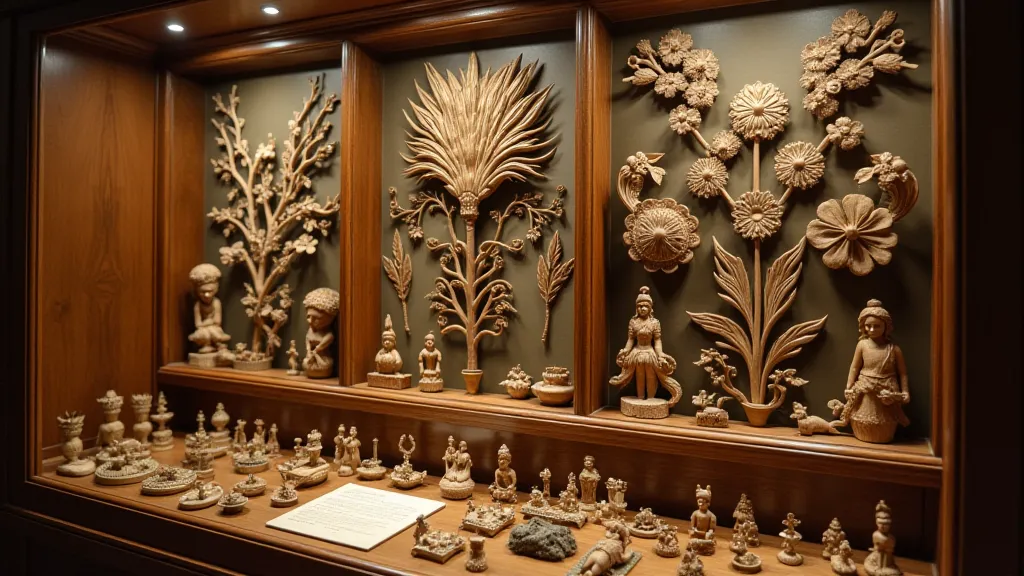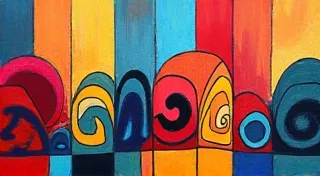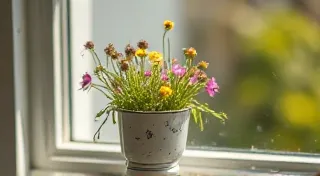The Unseen Hand: Exploring the Role of Women in Regional Wood Carving
Wood carving, a craft deeply interwoven with the history and identity of countless cultures, is often presented as a pursuit dominated by men. Images of weathered hands, working in isolated workshops, conjure a masculine ideal. But this narrative, pervasive as it is, obscures a vital truth: for centuries, women have been integral to the creation, preservation, and evolution of regional wood carving traditions worldwide. Challenging this ingrained perception requires us to listen for the quiet echoes of their contributions, to examine the subtle shifts in technique and design, and to acknowledge the invaluable role they played—and continue to play—in this enduring art form. It's a story that reveals not only the artistry involved, but also the thoughtful selection of materials, highlighting how the very branch-to-bearing choice of wood species contributes to the final piece’s cultural significance.
The notion that women were excluded from woodworking is, in many cases, a consequence of historical record-keeping biases. Guild systems, which often controlled the practice of carving, were almost exclusively male. Oral traditions, which frequently served as the primary method of transmitting knowledge, often failed to capture the female perspective. Moreover, women's contributions were frequently masked by their roles as apprentices, assistants, or even the primary carvers whose work was attributed to their male relatives or husbands. This isn's to dismiss the existence of male carvers; their skill and artistry are undeniable. It’s to say that the story is incomplete without acknowledging the vital, often hidden, female presence.
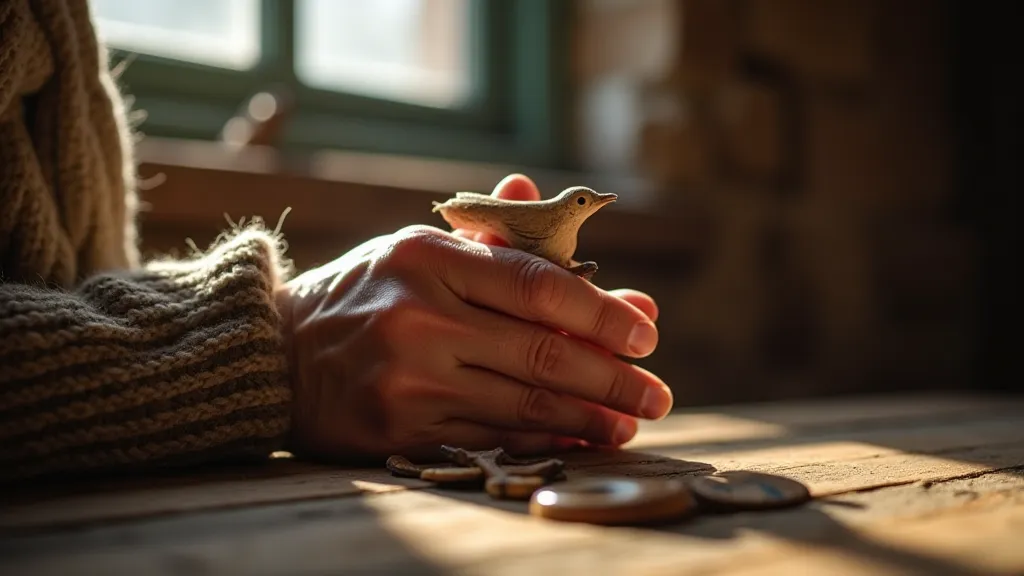
The Appalachian Echoes: Passing Down the Tradition
Consider, for example, the wood carving traditions of the Appalachian region of the United States. While male carvers like John Cox Sr. gained notoriety, their workshops often relied on the skillful hands of their wives and daughters. These women weren't simply assistants; they frequently possessed a distinct style, often characterized by softer lines, more delicate details, and a focus on floral motifs and folk charms – elements that subtly enriched the regional aesthetic. Stories passed down through generations speak of women carving miniature animals for children’s toys, crafting intricate door hinges, and embellishing furniture with folk art designs. The specific techniques often remained within the family, learned through observation and practice, ensuring the survival of the tradition. The beauty of these pieces frequently incorporates underlying mathematical principles, demonstrating how the geometry of the soul informs the design and composition – a testament to the deep understanding of form and proportion passed down through generations.
My own grandmother, a woman I never truly understood until years after her passing, was, I’ve since learned, a skilled carver. Growing up, I remembered her hands constantly occupied – not with elaborate carvings, but with the practical tasks of maintaining our home. Wooden spoons, rolling pins, small figurines – these were the fruits of her labor, deemed ‘useful’ rather than ‘art.’ It wasn't until after she passed that my aunt discovered a hidden box filled with unfinished carvings, each one revealing a latent talent and a yearning for creative expression. These often revealed a unique and sensitive use of materials, a subtle understanding that transcends mere practicality, hinting at the profound connection between the maker and the wood itself.
Scandinavian Grace: Rosemaling and Beyond
Moving across the Atlantic, the Scandinavian wood carving traditions offer another fascinating perspective. While the iconic Dala horse carvings of Sweden are often associated with male artistry, the accompanying decorative painting style, known as rosemaling, has historically been a predominantly female pursuit. Rosemaling, with its swirling floral patterns and vibrant colors, provided a unique avenue for women to express their artistic talents and contribute to the aesthetic richness of the region. The complexity and detail required for rosemaling demanded exceptional skill and a keen eye for design – qualities that were honed through generations of female practitioners.
The influence extends beyond painted surfaces. In Norway, the creation of wood blanks – the carefully shaped pieces of wood that would be carved into more elaborate designs – was often a female responsibility. This seemingly minor role held significant importance, as the quality of the blank directly impacted the final outcome of the carving. Skilled women ensured the wood was free of imperfections and precisely shaped, laying the foundation for the male carvers to create their masterpieces. Furthermore, the meticulous preparation of these blanks, the subtle influence of the wood grain, suggests a deeper appreciation of the material – an understanding that allows the final piece to echo not only the artistry of the carver but also the inherent character of the wood.
The African Tapestry: Symbolism and Storytelling
In Africa, regional wood carving traditions vary dramatically from culture to culture. In many communities, women have played a central role in crafting masks, figurines, and household objects that serve both practical and symbolic purposes. These carvings often depict ancestral figures, fertility symbols, and scenes from mythology – acting as powerful conduits for cultural knowledge and spiritual beliefs. The stories embedded within these objects, passed down through generations, speak of a profound spiritual connection to the material itself – a belief that the wood carries a resonance from the natural world.
In some regions, the intricate patterns and textures found on wooden vessels and containers are the direct result of female carving techniques. These subtle embellishments, often overlooked in broader assessments of the carving tradition, are imbued with deep cultural significance and represent a unique female perspective on the world. The act of carving itself, in many African cultures, is viewed as a sacred act, connecting the carver to the spiritual realm and allowing them to transmit vital stories and traditions. It is a process often entangled with the fragility of time, the gradual decay adding layers of meaning and beauty—a poetic consideration of resonance and ruin.
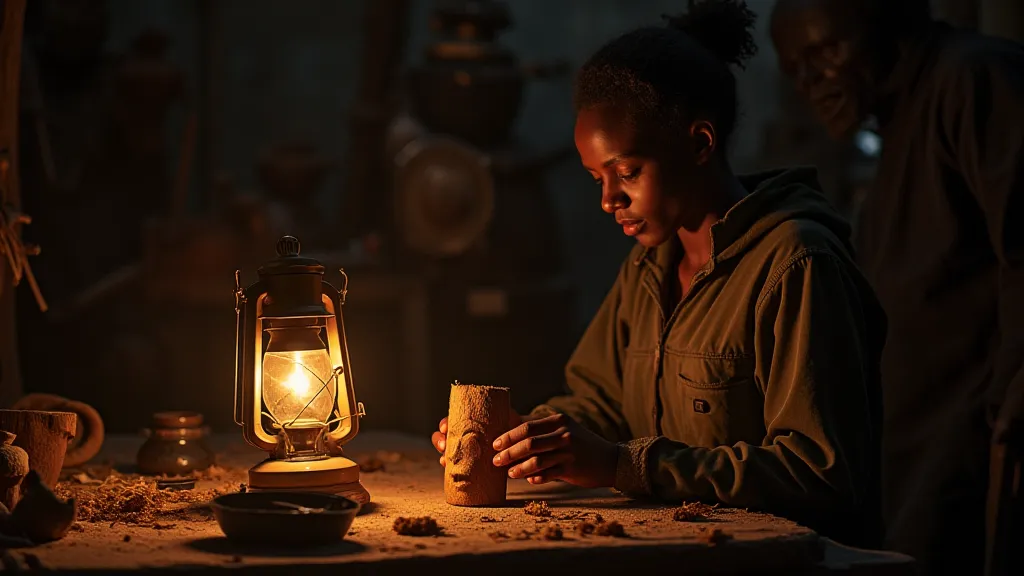
Recognizing the Legacy: A Path Forward
The challenge lies not only in uncovering the hidden contributions of women in wood carving but also in actively reshaping the narrative to reflect their crucial role. This requires a critical re-evaluation of historical records, a willingness to listen to oral traditions, and a commitment to highlighting the unique perspectives and techniques that women have brought to the art form. It also necessitates fostering environments that encourage and support female wood carvers today, ensuring that their voices are heard and their talents are recognized. The very essence of the craft is often lost in translation, the nuances of technique obscured by the passage of time—a reminder of how much is left to uncover and appreciate regarding whispers of ancestors.
For collectors and enthusiasts, a deeper appreciation for regional wood carving traditions means looking beyond the iconic names and exploring the subtle nuances that reveal the influence of female artistry. Examining the details of the design, the quality of the craftsmanship, and the cultural context can often provide valuable clues to the identity of the carver—or at least, to the influences shaping their work. Restoring antique carvings, too, can be a revealing process. Careful examination of carving marks and tool use can hint at the hands that shaped the piece, offering glimpses into the lives of those who once labored over the wood.
The unseen hand of women has shaped the world of wood carving in profound and lasting ways. By acknowledging their contributions, we enrich our understanding of this enduring art form and honor the legacy of countless generations of female artists. Recognizing their vital role isn't just about righting a historical wrong; it's about celebrating the beauty and diversity of human creativity. The craft is inextricably linked to the knowledge and traditions passed down through generations, an ongoing dialogue between past and present—a testament to the enduring power of human artistry.
